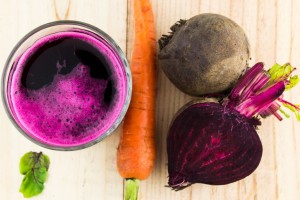 In recent years, a trend has swept the realm of yoga classes and fruit smoothie bars: juice cleanses. And no. We’re not talking about drinking pulp-free orange juice or taking up steroids. Juice cleanses are regimented processes that can last days to weeks. They have several benefits and come in a wide array of price ranges and intended effects. So, let’s say you don’t do yoga at dawn on the beach every day. You haven’t had your microbes tested and you don’t mind meals prepared in microwaves. What is worth knowing about juicing and does it offer any actual benefits? Can they be harmful?
In recent years, a trend has swept the realm of yoga classes and fruit smoothie bars: juice cleanses. And no. We’re not talking about drinking pulp-free orange juice or taking up steroids. Juice cleanses are regimented processes that can last days to weeks. They have several benefits and come in a wide array of price ranges and intended effects. So, let’s say you don’t do yoga at dawn on the beach every day. You haven’t had your microbes tested and you don’t mind meals prepared in microwaves. What is worth knowing about juicing and does it offer any actual benefits? Can they be harmful?
A juice cleanse is a diet of only juices primarily made up of fruit and vegetable juice. Some have other components, but not often. Typically, customers purchase them from the proprietors themselves. They are always unpasteurized and sometimes cold-pressed. Cold-pressed juices are simply taken by crushing fruit and vegetables and then pressing them in order to get the most juice possible. This process requires less heat, which makes for more nutritious extracted juices.
A juice cleanse can cost as little as sixty or so dollars and go as high as several hundred. The most common desired effect is rapid weight loss. Some also claim to offer an energy boost or the revitalization of skin. The promises offered from cleanses are vast (juicer beware).
So is it worth it? Sure. So are exercise and dietary supplements. A juice can be a great alternative to a crash diet. But going weeks on end consuming only juice isn’t wise or recommended. A healthy diet includes protein and fat, which juicing cleanses offer very little of. Also, juices contain A LOT of sugar, which can always have adverse effects. Like most health trends, juicing is good idea, as long as no one is going to extremes.













-300x200.jpeg)
-300x213.jpeg)










